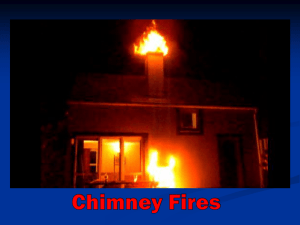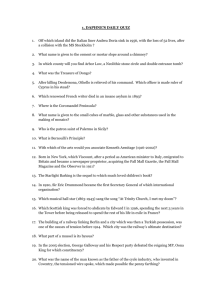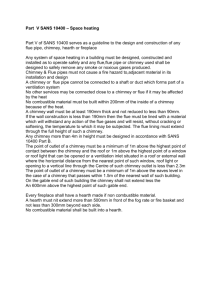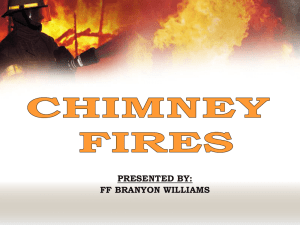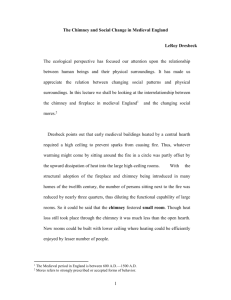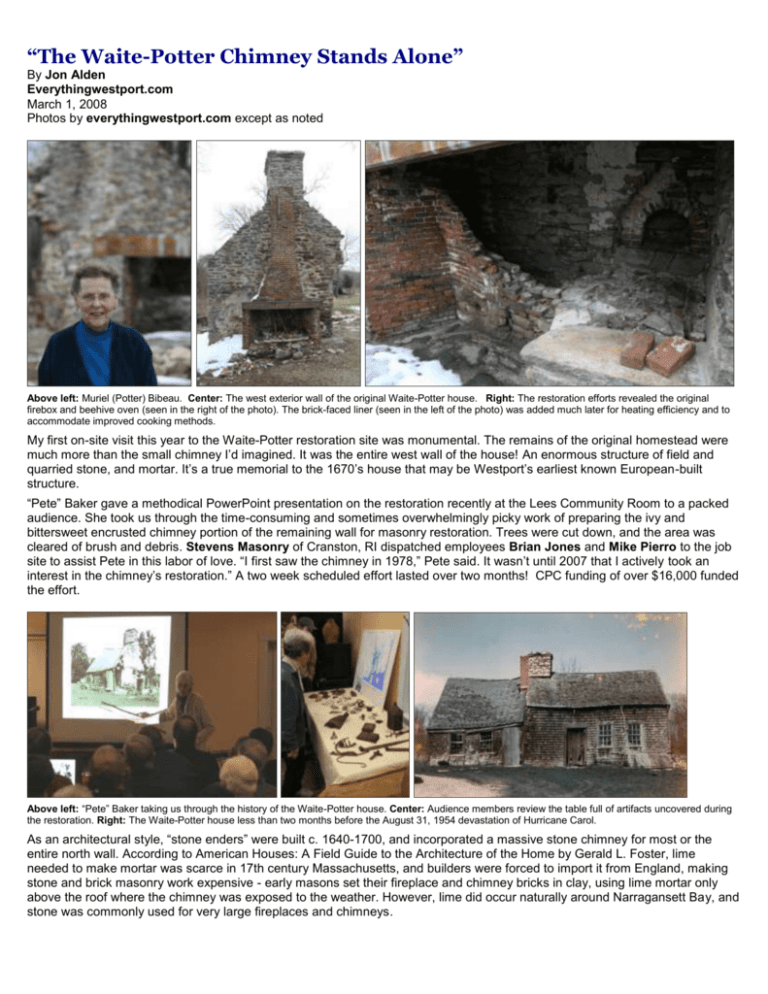
“The Waite-Potter Chimney Stands Alone”
By Jon Alden
Everythingwestport.com
March 1, 2008
Photos by everythingwestport.com except as noted
Above left: Muriel (Potter) Bibeau. Center: The west exterior wall of the original Waite-Potter house. Right: The restoration efforts revealed the original
firebox and beehive oven (seen in the right of the photo). The brick-faced liner (seen in the left of the photo) was added much later for heating efficiency and to
accommodate improved cooking methods.
My first on-site visit this year to the Waite-Potter restoration site was monumental. The remains of the original homestead were
much more than the small chimney I’d imagined. It was the entire west wall of the house! An enormous structure of field and
quarried stone, and mortar. It’s a true memorial to the 1670’s house that may be Westport’s earliest known European-built
structure.
“Pete” Baker gave a methodical PowerPoint presentation on the restoration recently at the Lees Community Room to a packed
audience. She took us through the time-consuming and sometimes overwhelmingly picky work of preparing the ivy and
bittersweet encrusted chimney portion of the remaining wall for masonry restoration. Trees were cut down, and the area was
cleared of brush and debris. Stevens Masonry of Cranston, RI dispatched employees Brian Jones and Mike Pierro to the job
site to assist Pete in this labor of love. “I first saw the chimney in 1978,” Pete said. It wasn’t until 2007 that I actively took an
interest in the chimney’s restoration.” A two week scheduled effort lasted over two months! CPC funding of over $16,000 funded
the effort.
Above left: “Pete” Baker taking us through the history of the Waite-Potter house. Center: Audience members review the table full of artifacts uncovered during
the restoration. Right: The Waite-Potter house less than two months before the August 31, 1954 devastation of Hurricane Carol.
As an architectural style, “stone enders” were built c. 1640-1700, and incorporated a massive stone chimney for most or the
entire north wall. According to American Houses: A Field Guide to the Architecture of the Home by Gerald L. Foster, lime
needed to make mortar was scarce in 17th century Massachusetts, and builders were forced to import it from England, making
stone and brick masonry work expensive - early masons set their fireplace and chimney bricks in clay, using lime mortar only
above the roof where the chimney was exposed to the weather. However, lime did occur naturally around Narragansett Bay, and
stone was commonly used for very large fireplaces and chimneys.
The “stone ender” seems to have begun as a typical one-room English cottage with sleeping space upstairs and a massive
stone fireplace making up nearly one entire end of the house. The steeply gabled roof reflects the medieval English tradition of
thatching (promotes rain run-off). The construction of the stone chimney was commonly embellished with at least a heavy
cornice if not multiple pilasters.
Pictures of the “stone-ender” before restoration. Photos by Pete Baker.
Our “stone ender” ended up in Westport because the original owner, Thomas Waite, was from Portsmouth RI, where many
“stone- enders” had been built. We certainly had lots of stone, and lime was readily available. The year of construction is blurred,
somewhere between 1667 and 1677. Robert Kirby added one room on the opposite side of the chimney in 1760.
Above left: Map highlighting locations of “stone-enders” in southeastern Rhode Island and Westport. “Stone-enders” indicated by yellow stickers. Right:
Restoration complete!
In the photo to the left, Muriel (Potter)
Bibeau is seen as a young girl standing
next to the doorway with her dogs and
grandmother.
The Historic American Buildings Survey (HABS) is the nation's first federal preservation program, begun in 1933 to document
America's architectural heritage. HABS photographer Arthur C. Haskell took the picture below left on April, 1934; the drawing
on the right was done by Eugene L. Morgan at the same time.
At the recent presentation, Carlton Brownell of Little Compton lamented that preservation efforts after the war were under-funded
and drew little interest from everyday folk. After Carol’s destructive rampage, Carlton used some of the floor boards and other
salvageable pieces of the ruined Waite-Potter house to help in the restoration of the Wilbur house in Little Compton.
“Many of the stones used to rebuild the front of collapsed chimney’s throat came from the borders of my gardens,” Muriel
(Potter) Bibeau said. “These stones originally came from the chimney and were used as borders when the chimney’s lintel
rotted, allowing the stones to fall.” She mused for a moment. “Pete and her crew did a wonderful job. In the spring I plan to plant
some hydrangeas around the chimney to ground it into the yard’s landscaping.”
Above left: Carlton Brownell. Left Center: Anne “Pete” Baker. Right Center: Jenny O’Neill introducing “Pete” Baker to the gathering at the Lees Community
Room meeting on January 17, 2008. Right: A proud Stevens Masonry crew on a job well done.
The Waite-Potter restoration is located on private property, and the owner requests that everyone respect her privacy,
and not to attempt to visit the property. She is very appreciative of your consideration.
Read the Westport/Dartmouth Chronicle’s story by Dan King on the Westport Historical Society’s meeting.
Above left: Waite-Potter house just after Hurricane Carol - 1954. Center: Muriel and Pete. Right: Site location showing excavated house basement foundation
and chimney.
- - - - - - End - - - - - Community Events of Westport © 2008 All rights reserved.



